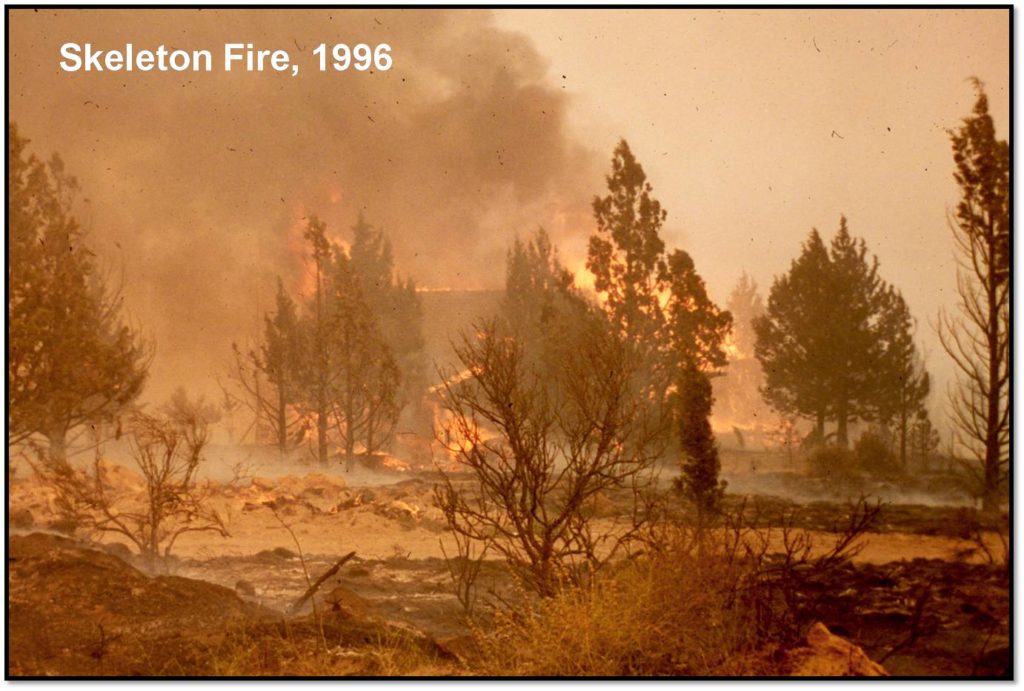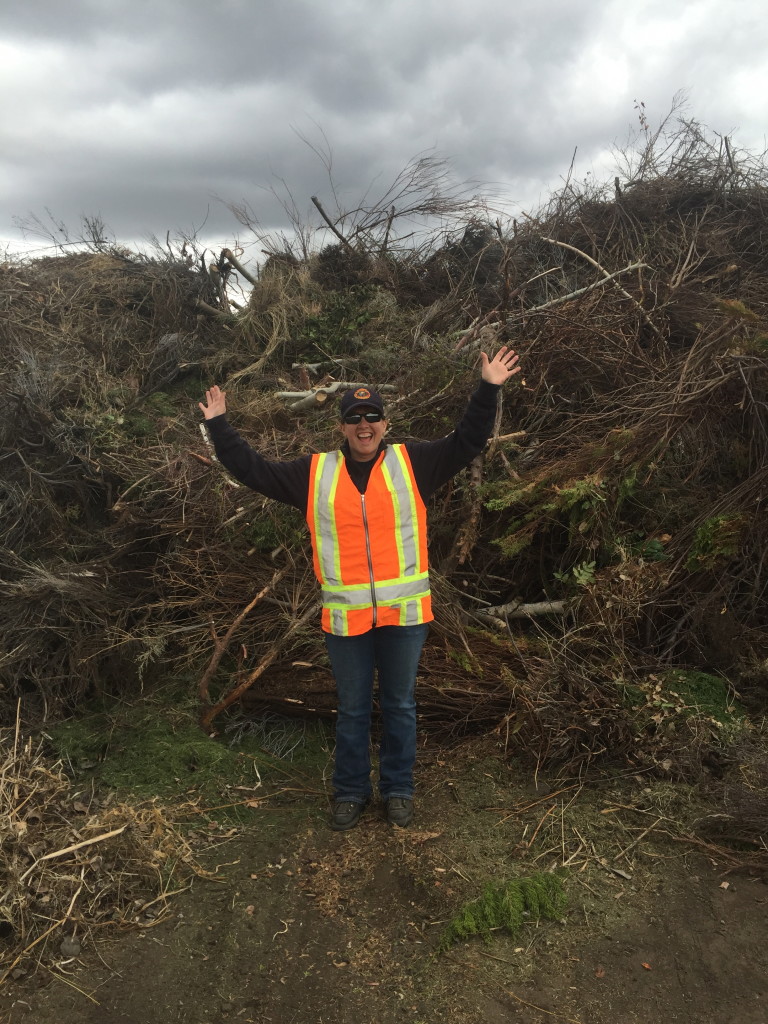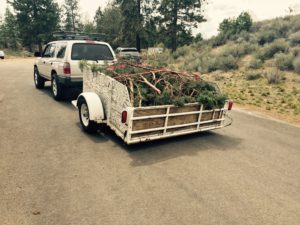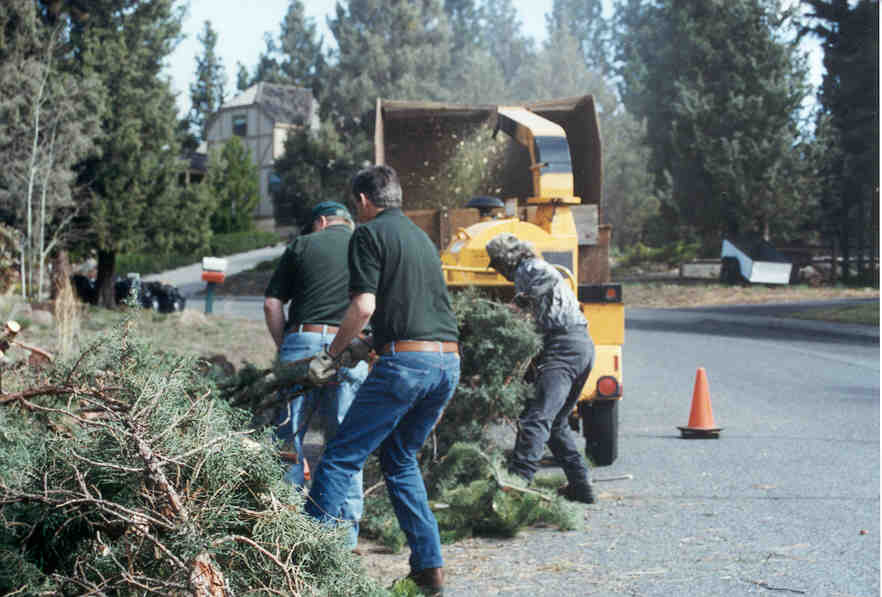About FireFree
With snow-capped peaks of the Cascade Mountains framing views to the west, and the arid high desert extending to the east, the beauty and uniqueness of central Oregon is spectacular. With this beauty, however, comes the very real risk of wildfire. Central Oregon communities experience large wildfires virtually every summer that threaten lives, property, wildlife and our beautiful landscape. Evacuations during these events cause an even greater challenge.
Every summer, storms move across the region bringing lightning strikes that cause hundreds of wildfires. Wildfire is a fact of life in central Oregon. Add to this fact the hundreds of wildfires caused by careless people and it’s a recipe for disaster. By taking responsibility for creating defensible space on your own property, you greatly reduce your chances of losing your home to wildfire. Act now!
FireFree History
Awbrey Hall Fire
The Skeleton Fire
In August 1996 dry lightning ignited the Skeleton Fire on the east side of Bend and, almost immediately Bend Fire Department sounded the call for the evacuation of homeowners that were in the fire’s path. Flames were quickly moving west towards an even more populated area. Soon the fire grew to 17,000 acres and consumed 30 homes and outbuildings. In a matter of hours, it caused the evacuation of 450 homes and caused $2 million worth of damage. Firefighters reported that they did not even have time to assess some homes. They just had to let them go and move on. Many of the residents evacuated knew that if the fire reached their backyard, their home would not survive. The Skeleton Fire was driven solely by the wind and many feared that the damage would be worse than Awbrey Hall. The Skeleton Fire was even more dynamic. Luckily, officials on the ground caught a break in the winds, once again that allowed for them to suppress the fire before any more damage could be done.

The Change
Both of these large fires had unimaginable losses and devastated the Central Oregon community. Many of these homeowners appreciated the natural landscape and did not think it needed any improvement. A wildfire in their backyard nor the steps to mitigate the risks posed by living in the Wildland Urban Interface (WUI) was something that was never addressed as it is now. These large wildfires in the Wildland Urban Interface (WUI) created the motivation for an outreach program unlike any other in Central Oregon. This new program had the ability to hold each individual responsible for his or her own space while still empowering the homeowner to defend their property by defining their defensible space. These steps are still at the core of the FireFree program in the form of a simple checklist for anyone who wants to take the necessary steps to protect their home against a large wildfire. The goal of FireFree was to empower the “spark plugs” (a dedicated community member) in each community and inspire the grass roots to move the program forward.
FireFree was Born
Once the losses had been tallied for the Skeleton Fire, a local insurance company saw the need Central Oregon had for funding. They offered to buy a new fire engine for Bend Fire Department. However, the Fire Marshal at Bend Fire had a different idea. He suggested to the company that the money they would spend on a fire engine would be better served if used to launch a comprehensive education program and purchase educational materials instead. He believed that instead of purchasing a new engine that could only protect one home at a time during a large wildfire, why not develop a program that could protect thousands of homes. This program was intended to inform homeowners how to defend their homes by creating defensible space, which is defined as at least a 30-foot buffer zone of reduced vegetation around a home to mitigate the effects of advancing fire. The premise of FireFree was first to change the behavior and over time, the attitudes and culture about wildfire preparedness. His proactive idea was the beginning of the FireFree program in Central Oregon and the ten-step checklist that any homeowner can use to define defensible space around their home.


